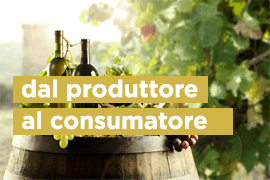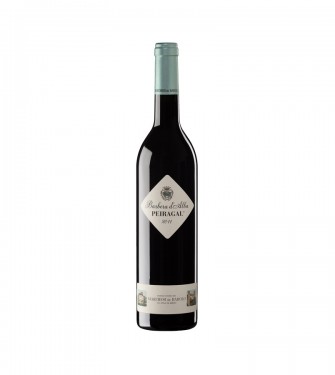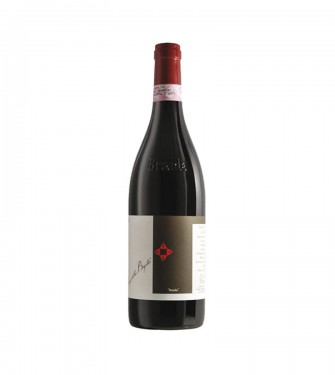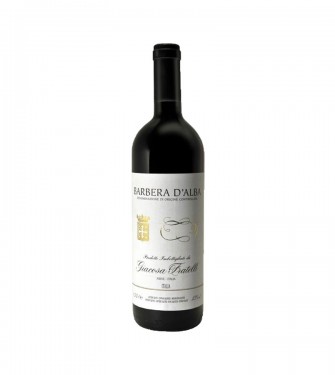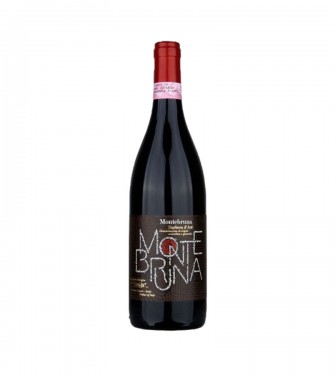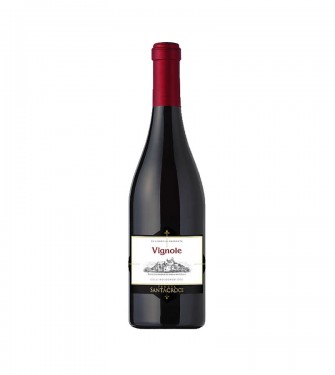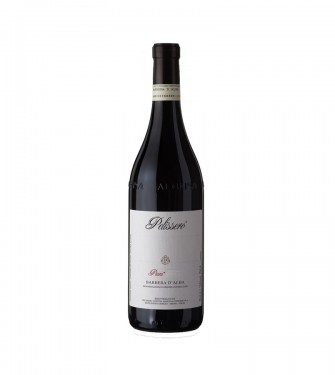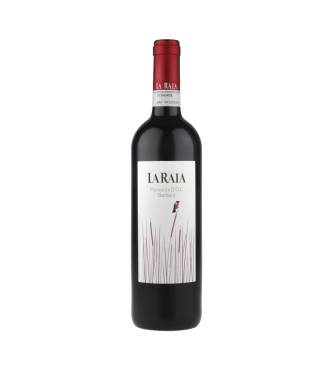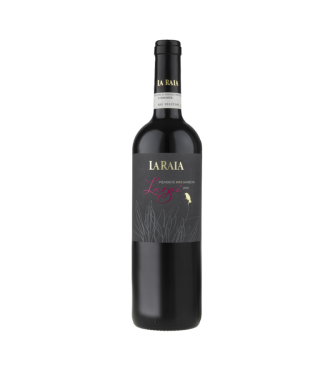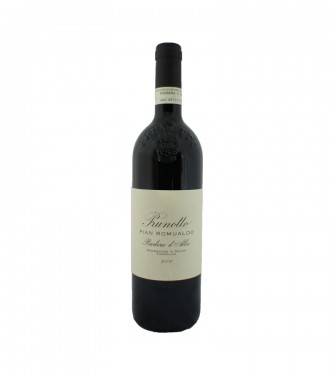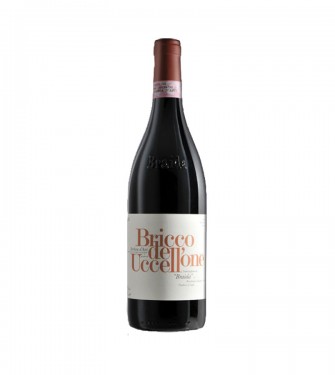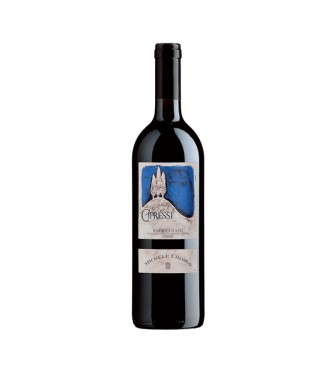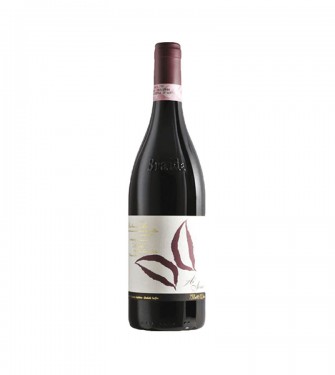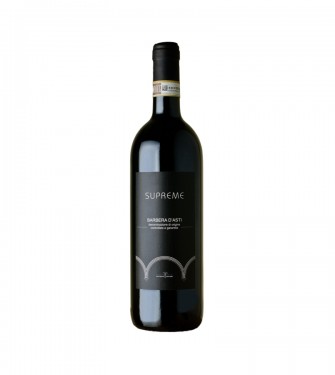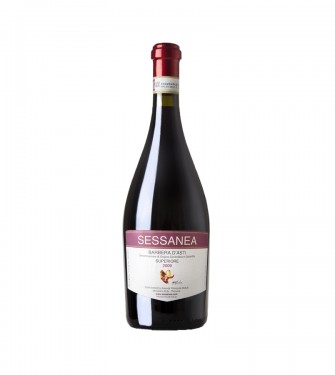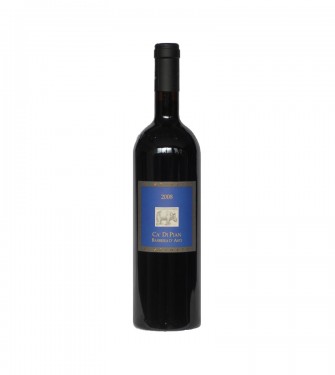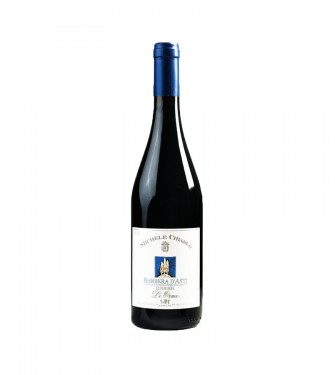products listing page
Barbera WINES
Barbera is a grapevine grown in several wine regions. The grape easily adapts to different climates hence its appearance in Australia, Argentina, and California. The grapes are used in blended wines and varietals that are becoming more common in Italy. (continue)
-
Prezzo di listino: € 27,59Special Price € 22,99 -17%
-
-
Prezzo di listino: € 30,23Special Price € 25,19 -17%
-
-
Prezzo di listino: € 10,43Special Price € 9,79 -6%
-
-
-
-
Prezzo di listino: € 24,95Special Price € 20,79 -17%
-
-
Prezzo di listino: € 17,03Special Price € 14,19 -17%
-
-
Prezzo di listino: € 9,00Special Price € 6,00 -33%
-
Prezzo di listino: € 10,67Special Price € 8,00 -25%
-
-
Prezzo di listino: € 18,22Special Price € 15,18 -17%
Barbera WINE
Barbera is a grapevine grown in several wine regions. The grape easily adapts to different climates hence its appearance in Australia, Argentina, and California. The grapes are used in blended wines and varietals that are becoming more common in Italy. The wine has various synonyms. These include Barbera d’Asti, Barbera Dolce, Barbera Fine, Barbera Forte, Barbera Grossa, Barbera Riccia and Barbera Vera.Barbera grapes are highly acidic and can be grown in places with warmer climates. The cherry flavors found in the Barbera wine is complemented by the acidity. The wine produced is ripe, bright and tangy.
Vines and wine making
The grape vines can grow in some climatic regions as they are well adjusted. The best environment is well-drained limestone rich slopes with a warm southern climate.Barbera wines can be prepared using two main methods. A method using longer maceration and less oak is used by traditionalists while those who favor modern methods can use barrel maturation.
The grapes are selected, stripped and pressed. The must is transferred for about 8-10 days to the fermentation cuvee. Remontage is performed during this period to optimize the pigment extraction and that of aroma and tannins. The Barbera wine is then transferred to other vats and malolactic fermentation commences. For the purpose of attaining total clarity, the wine is transferred again. The fermentation temperature is 28-30 degrees.
Wine characteristics
Young Barbera wines are bright red. However, when matured and allowed to age, it turns to a dense sour cherry color. Overheating the wine will result in flat and dull wines.The wine is dry with an elegant smoothness and long, satisfying finish. It has hints of wood, minty spices, vanilla, and licorice as well as eucalyptus.
Servings
Barbera is ideal for rich, fatty foods and dark meats, game animals and birds. Strong flavored cheeses and complex recipes are also a suitable match for the wine.The ideal serving temperature is 17-18 degrees and should be stored at a temperature of 10-13degrees.
The wine is enjoyed after aging for 5-8 years.


